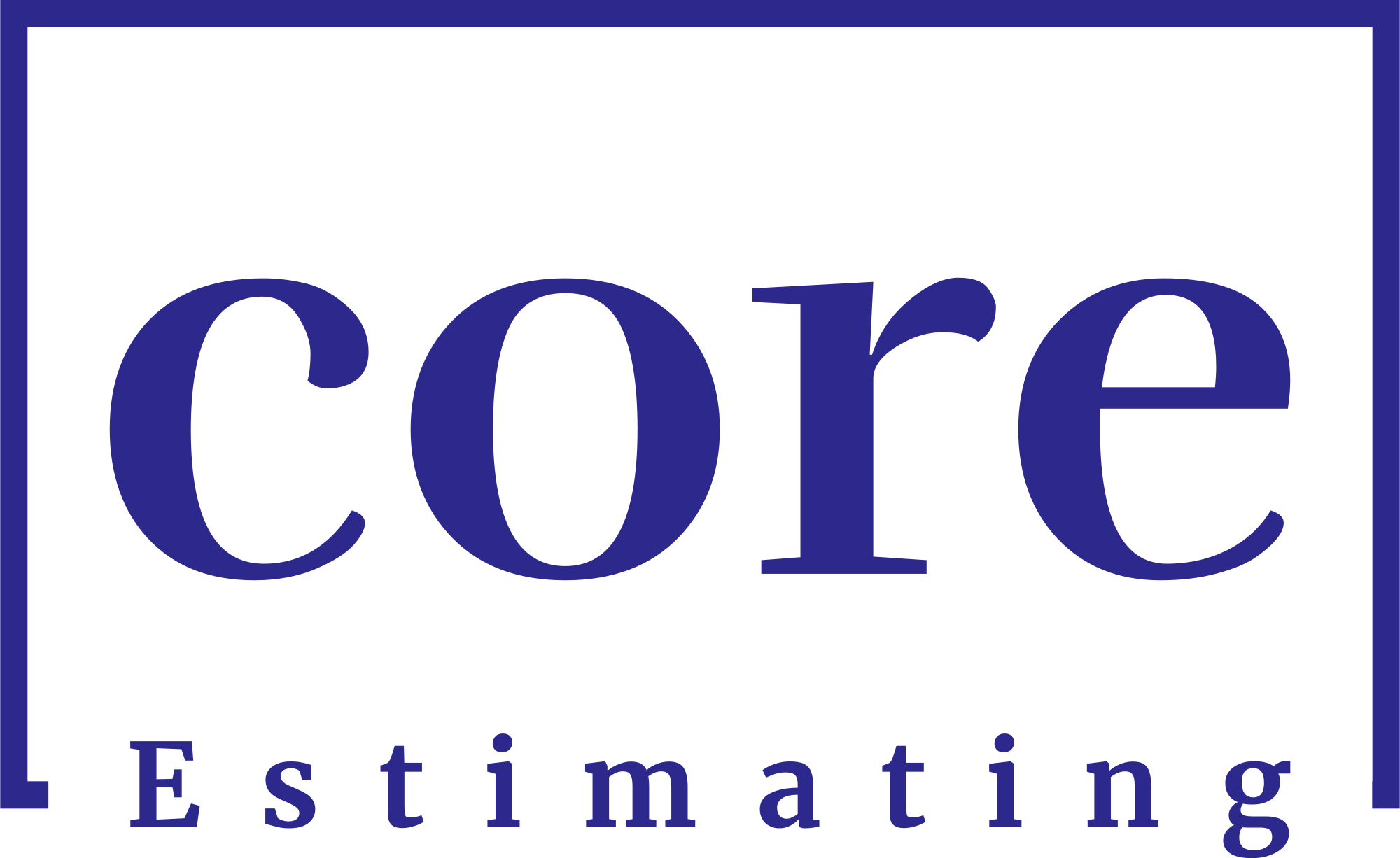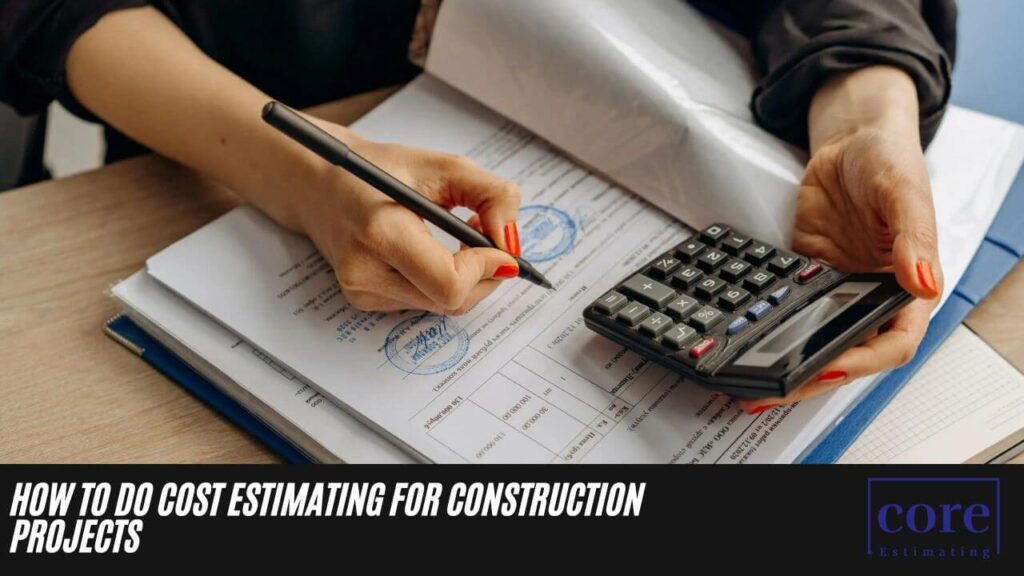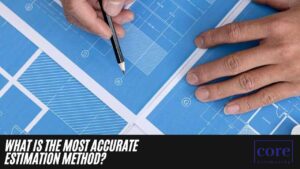Estimating is a critical aspect of project management, particularly in construction, where predicting costs, time, and resources is paramount. Accurate estimating ensures that projects stay within budget, are completed on time, and helps mitigate risks. Let’s explore the steps involved in achieving precise construction estimation.
If you’re in need of construction estimate services, simply go to homepage or follow the links below:
| Services | Links |
|---|---|
| Detailing Services | Link |
| Building Information Modeling | Link |
| General Contractor | Link |
| Subcontractors | Link |
| MEP | Link |
Why Estimating Is Crucial for Construction
- Budget Adherence: Accurate estimating prevents projects from exceeding budget constraints, safeguarding businesses from financial strain.
- Timely Completion: Precise estimates aid in meeting project deadlines, preserving the reputation of the business.
- Risk Mitigation: By identifying and assessing potential risks, project managers can proactively manage challenges, preventing delays and cost overruns.
- Informed Decision-Making: Accurate estimates empower project managers to make well-informed decisions regarding resource allocation and risk management.
Steps for Accurate Construction Estimation
1. Reviewing a Bid Package
- Understanding Project Details: Thoroughly read the bid package to grasp the project’s scope, schedule, budget, risks, and evaluation criteria.
- Scope of Work: Analyze the scope of work to comprehend the tasks, materials, and labor requirements.
- Budget Consideration: Ensure your bid aligns with a realistic budget, factoring in potential risks like weather delays.
2. Conducting a Site Visit
- Preparation: Gather project plans and specifications before the visit and be aware of safety precautions.
- On-Site Assessment: Take organized notes and pictures, assessing site conditions, utilities, and environmental factors.
3. Performing Takeoff of Materials
- Identifying Material Requirements: Perform a material takeoff to determine the type and quantity of materials needed.
- Pricing Materials: Research local market prices and calculate material costs using a formula like:
java
Pricing of materials = Quantity of materials * Unit cost of materials * Markup percentage
4. Different Types of Estimates
- Feasibility Estimate: Assess project feasibility using historical data to determine if the project is worth pursuing.
- Intermediate Estimate: Examine size, scope, and complexity, incorporating preliminary design data.
- Preliminary Estimate: Categorize costs based on design details, catching and correcting calculation errors.
- Substantive Estimate: Add accurate material costs after finalizing the design, allowing for adjustments.
- Definitive Estimate: The most accurate estimate, created after contracts are signed and all details are finalized.
5. Construction Estimates by Hand
- Traditional Methods: Historically, estimates were done manually with pens, slide rulers, and calculators, relying on the estimator’s skill.
- Challenges: Manual estimates were time-consuming, error-prone, and posed financial risks.
- Advancements: Spreadsheets improved the ease of manual estimates but still had limitations.
Conclusion
Accurate construction estimation involves a meticulous review of bid packages, site visits, material takeoffs, and various types of estimates. While traditional methods were prone to errors, advancements in technology have significantly enhanced the precision and efficiency of cost estimating in the construction industry. Embracing these steps and leveraging technology ensures successful and well-managed construction projects.






